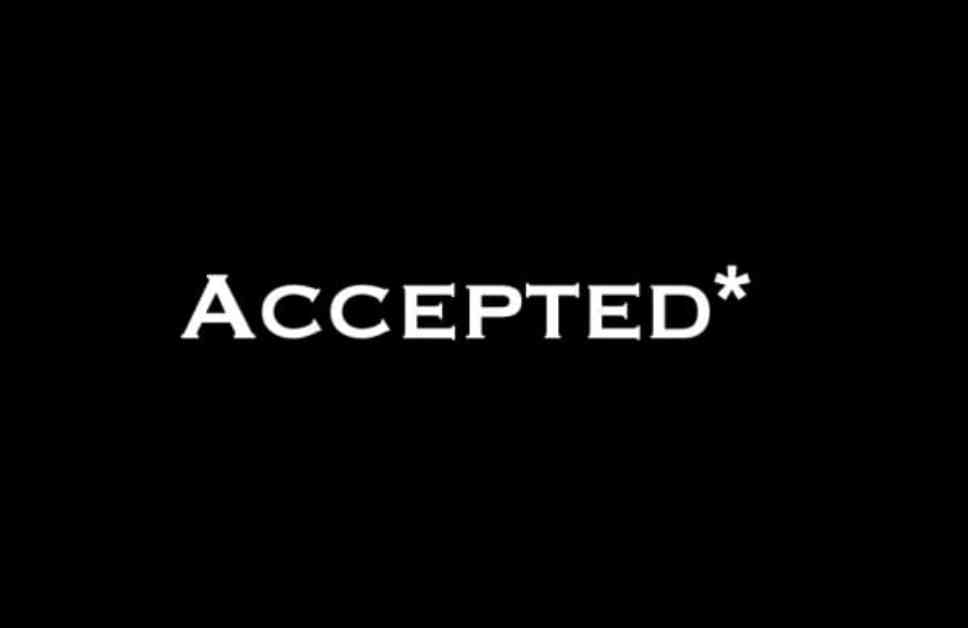Addressing the Challenges Encountered by DEI Practitioners in Higher Education
In recent years, professionals dedicated to promoting diversity, equity, and inclusion (DEI) within institutions of higher education have faced unprecedented challenges. The landscape of higher education has been reshaped by the introduction of state bills aimed at curtailing or eliminating DEI offices and programs, placing immense pressure on antidiscrimination practitioners. This pressure has only intensified with a recent call for an investigation by a U.S. senator into how colleges and universities are utilizing federal funds to support DEI initiatives. These legislative efforts, even when unsuccessful, have exacerbated the difficulties faced by antidiscrimination practitioners within their own institutions.
A Growing Concern: Contrapower Harassment
One alarming consequence of this heightened pressure is the prevalence of burnout and job attrition among DEI professionals, attributed to what is known as “contrapower harassment.” In a survey conducted by the Center for Institutional Courage, 93 antidiscrimination practitioners from various public and private universities in the United States revealed a disturbing trend. These professionals reported experiencing high levels of incivility, bullying, condescension, belittling, and information withholding within their work environments. This form of harassment, where individuals with less perceived power harass those with greater positional power, poses a significant challenge to the professional success and well-being of antidiscrimination practitioners.
The Landscape of Contrapower Harassment in Higher Education
Contrapower harassment among antidiscrimination practitioners is primarily perpetuated by colleagues and individuals with less institutional power, rather than supervisors. Instances of rude emails, allegations, veiled threats, and abuse directed towards antidiscrimination practitioners hinder their ability to effectively carry out their duties. Female, BIPOC, and SOGIE individuals are particularly vulnerable to hostility and challenges from their administrative peers, especially in situations involving jurisdiction and accountability disputes.
Contrapower harassment is not a new phenomenon but remains largely unrecognized and unaddressed within higher education institutions. The lack of visibility of this form of harassment is compounded by the reluctance of targets to report such incidents, the absence of specific policies addressing contrapower harassment, and the limited research on the topic. While colleges and universities have traditionally focused on ensuring student safety, the issue of staff and faculty members facing harassment from individuals in lower ranks has been largely overlooked.
The Impact of Race, Ethnicity, and Gender on Contrapower Harassment
Our study indicates that antidiscrimination practitioners, particularly women and individuals from minoritized populations, are disproportionately affected by contrapower harassment within higher education institutions. Female-identifying practitioners reported experiencing threats, intimidation, and demands to control their actions at a significantly higher rate than their male counterparts. Similarly, nonwhite practitioners were more likely to report increased levels of incivility and bullying, highlighting the intersectionality of race, ethnicity, and gender in the experience of contrapower harassment.
Pathways to Addressing Contrapower Harassment in Higher Education
To address the pervasive issue of contrapower harassment and promote campus civility, colleges and universities can implement several key strategies:
1. Broaden Understanding: Institutional leaders should expand their understanding of harassment and the differential impacts it has on antidiscrimination practitioners. Recognizing the behavioral expectations inherent in the exercise of organizational power is crucial to addressing contrapower harassment effectively.
2. Provide Support: Develop plans to mitigate contrapower harassment and ensure appropriate support is available for antidiscrimination practitioners, particularly those from minoritized backgrounds. Acknowledge the unique challenges faced by these individuals and prioritize their well-being.
3. Acknowledge and Respond: Campus leaders should be prepared to acknowledge and respond to incidents of contrapower harassment promptly. Training on recognizing and intervening in contrapower harassment should be incorporated into institutional professional development programs.
4. Incorporate Training: Include training on contrapower harassment in institutional professional development initiatives to address the underlying systems and narratives that perpetuate such behavior. Modify grievance procedures to allow for complaints from individuals with greater institutional power.
5. Implement Alternative Mechanisms: Consider alternative resolution pathways, such as restorative justice and mediation, to address contrapower behavior effectively. These new approaches can foster cultures of fairness, respect, trust, and accountability within higher education institutions.
The findings of our study underscore the urgent need to address contrapower harassment and promote campus civility in higher education. Antidiscrimination practitioners play a vital role in advancing DEI efforts on campuses, and it is essential that their well-being and professional success are prioritized in the face of increasing challenges and hostility. By implementing proactive measures to address contrapower harassment, colleges and universities can create inclusive and supportive environments for all members of their communities.
